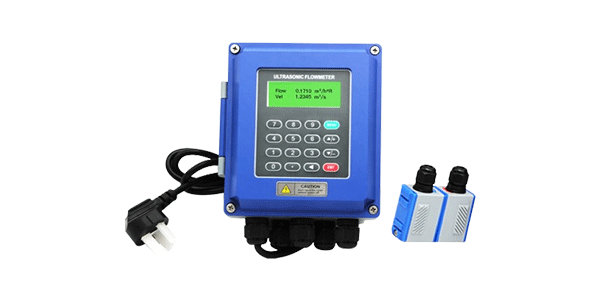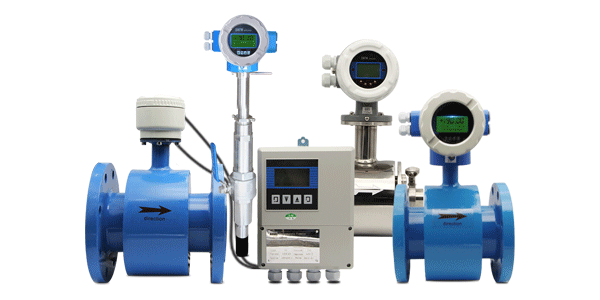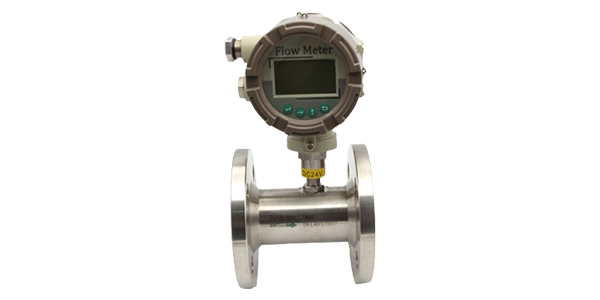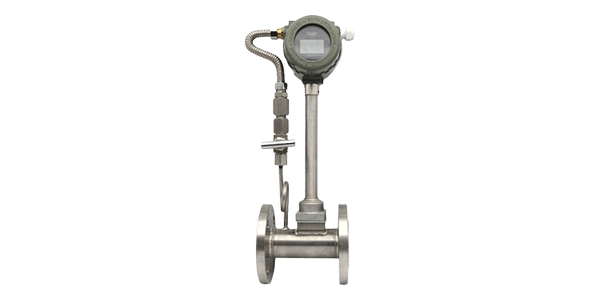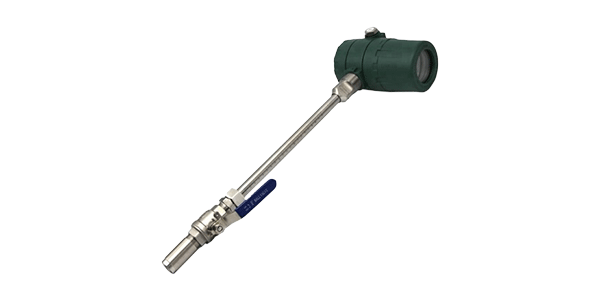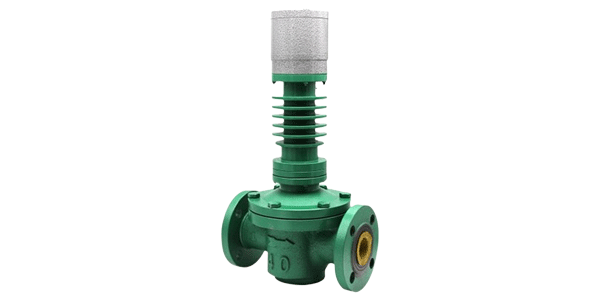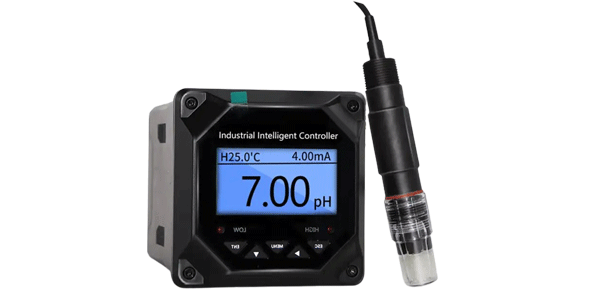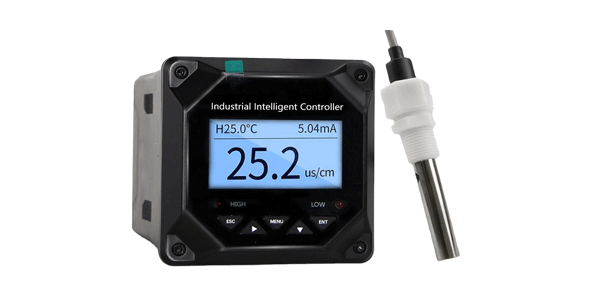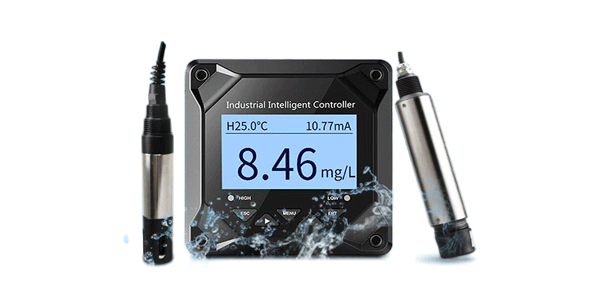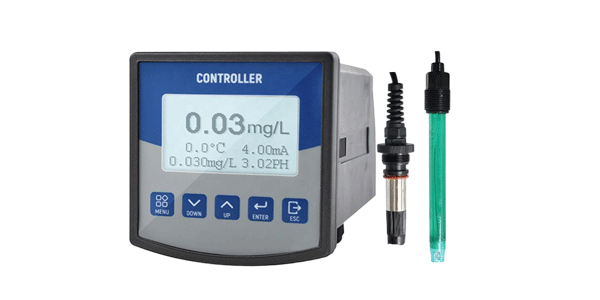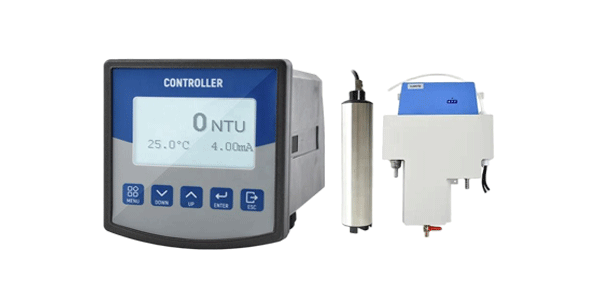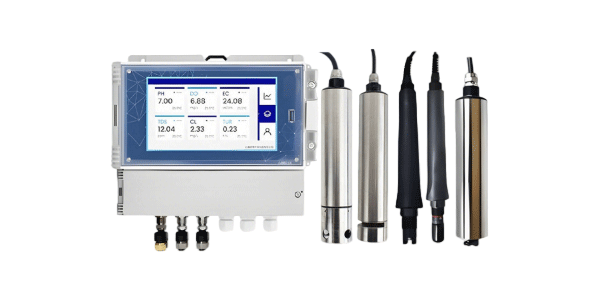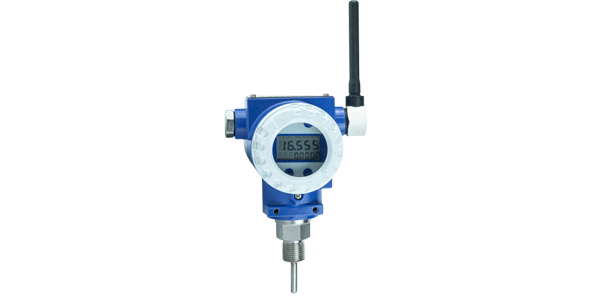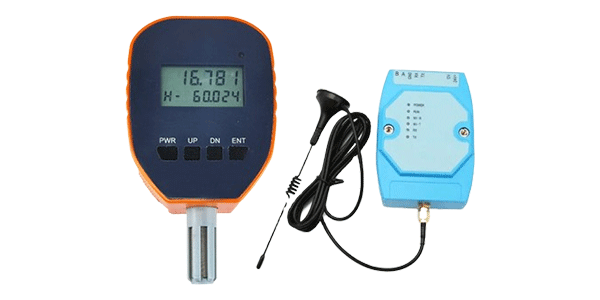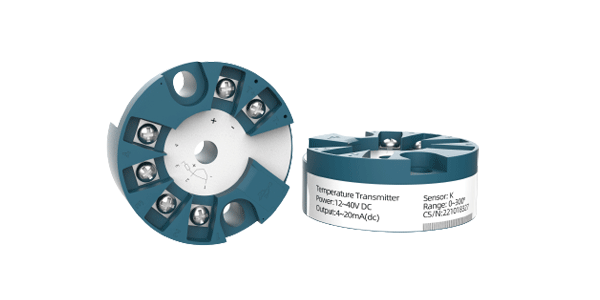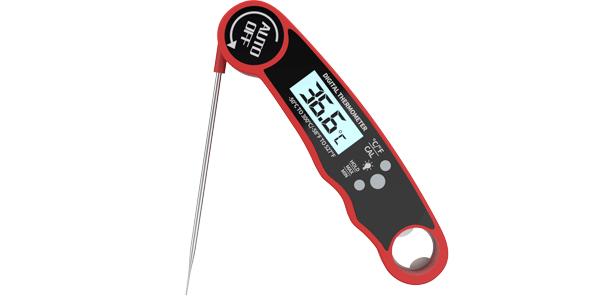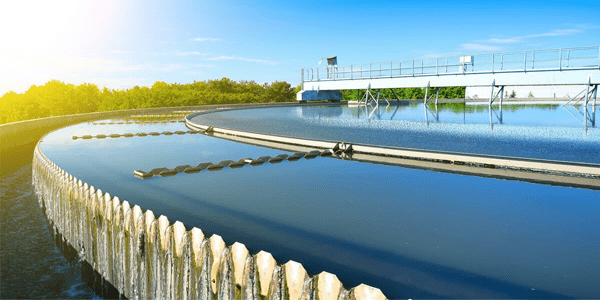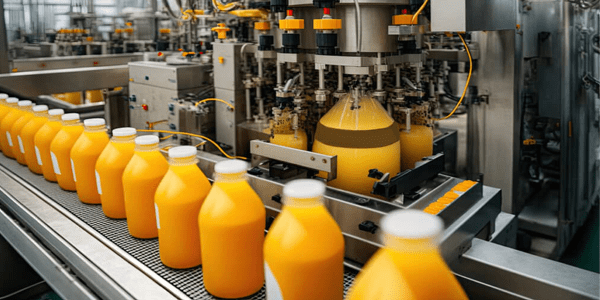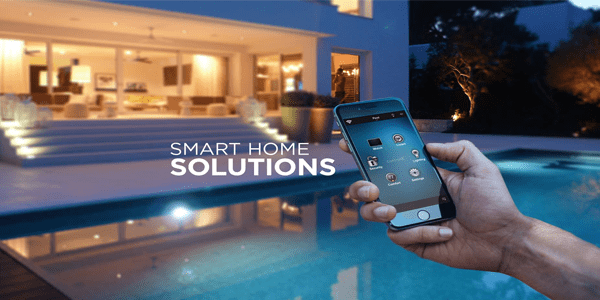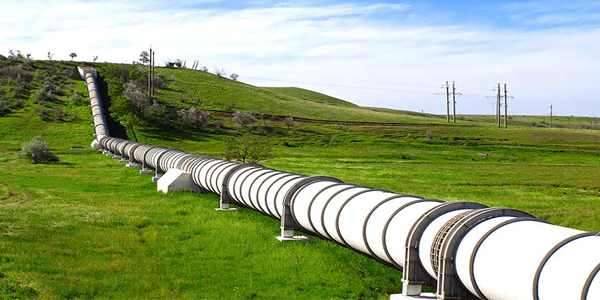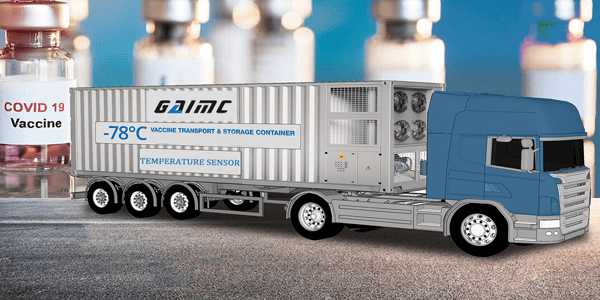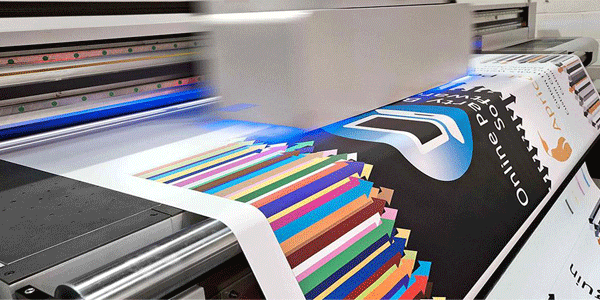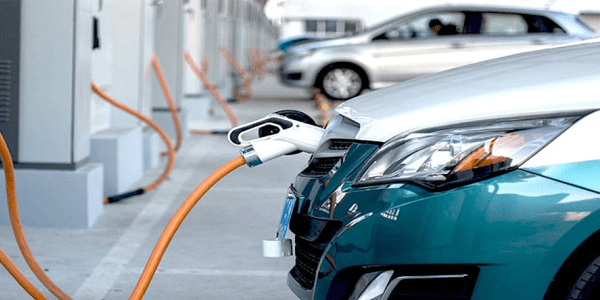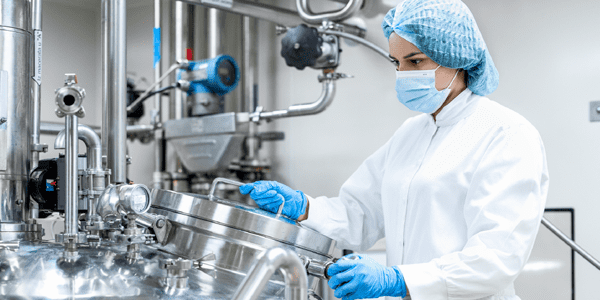You will learn the essential process of calibrating a pH meter to ensure accurate pH measurements. This guide explains why calibration is needed, how to use buffer solutions for calibration, and when to calibrate your meter for reliable and precise readings.
Understanding pH Calibration
A pH meter measures the electrical potential difference between a pH electrode and a reference electrode. The difference in potential is converted to a pH value by the meter’s microprocessor. Calibration is the process of adjusting the meter to accurately measure pH values within a certain range. This is done by comparing the meter’s reading to a known pH standard and adjusting the calibration accordingly. The two main types of pH standard solutions used for calibration are buffer solutions and certified reference materials (CRM).
pH Meter Maintenance
Proper maintenance of your pH meter can also help to ensure its accuracy and longevity. Some tips for keeping your meter in top condition include:
-Proper storage: Store your meter in a clean, dry environment. Avoid storing it near heat, moisture, or sunlight.
-Regular cleaning: Clean the electrode after each use with distilled water or a neutral detergent. Never use tap water, as it can contain minerals that may harm the electrode.
-Electrode replacement: The electrode is the most critical part of a pH meter. Replace it as recommended by the manufacturer, or if you notice signs of damage, such as cracks, discoloration, or slow response time.
How to Calibrate?
1. Use fresh buffer solutions (typically pH 4.01, 7.01, and 10.01).
-For aquariums, pH 7.0 and 10.0 are common (since most tanks are neutral to alkaline).
2. Rinse the electrode with distilled water between buffers.
3. Follow manufacturer instructions (some meters auto-calibrate).
When to Calibrate Immediately
1. New electrode → Always calibrate before first use.
2. After cleaning → Residues can affect readings.
3. When readings drift → If results seem unstable/inconsistent.
4. Changing sample type → E.g., from acidic to alkaline solutions.
5. Extreme temperatures → If measuring hot/cold samples.
Tips to Extend Calibration Intervals
1. Store the electrode properly (in storage solution or pH 4.0 buffer).
2. Avoid drying out → Never leave the probe in air.
3. Clean regularly → Soak in cleaning solution if contaminated (e.g., protein buildup).
Factors Affecting pH Calibration Frequency
-Frequency of use: The more frequently you use your pH meter, the more often it will need to be calibrated. In general, pH meters used daily should be calibrated daily.
-Type of sample: Samples that are more acidic or alkaline than standard buffer solutions can cause the pH electrode to degrade over time, leading to inaccurate readings. Samples containing proteins, fats, or oils can also coat the electrode, affecting its accuracy. If you are measuring difficult samples, you may need to calibrate your meter more frequently.
-Age of the instrument: New pH meters may require more frequent calibration until they are broken in and stabilized. Likewise, an older instrument may require more frequent calibration as it ages.
-Environmental factors: Temperature, humidity, and the amount of dust or dirt in the environment can affect the accuracy of a pH meter. If you work in a dirty or dusty environment, you may need to calibrate your meter more often.
-Manufacturer specifications: The manufacturer’s instructions for your pH meter should provide guidance on how often it requires calibration. Some meters may have built-in diagnostics that can alert you when calibration is required.
Contact us and learn more about our water quality measurement.
HOT keyword:
